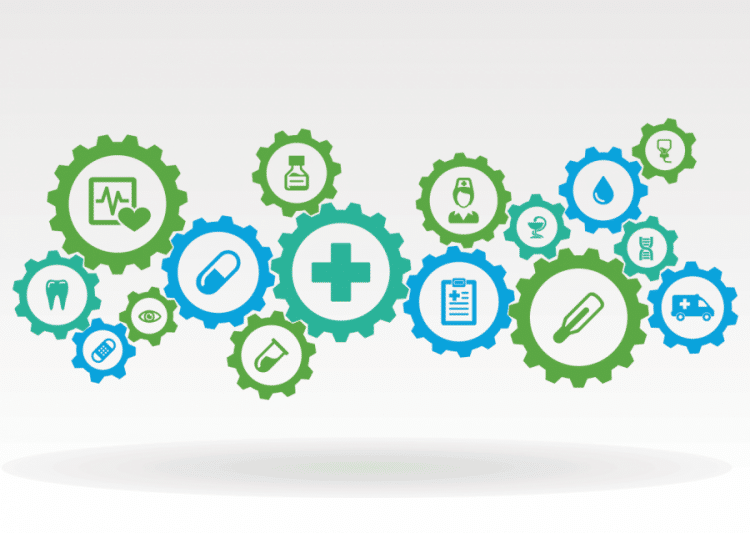Health Level 7 (HL7) is a set of international standards that have been around since the early 90s. They are used for the transfer of clinical and administrative data from one system to another and are a result of the technical side of the house saying, “this is the way we intend on communicating data about a patient from one system to another.” ADT messages are one section of the HL7 standard that is intended to communicate hospital admission and discharge information. Basically, it’s an electronic transaction that can be used by any health system that will tell everything about you and where you have been.
Why are we even talking about ADT messages?
We have the opportunity right now in the state of Tennessee to require the use of
ADT transactions in all care settings. This would allow for the electronic “footprint” to be
captured for all patients here in the state.
By now you might be asking, what’s in it for me? Why do I care about these transactions? Do they make a difference? ADT messages tell your doctor everything about you. What insurance you are on, where you live, your background, where you have been seen over the last number of months, what was performed, when you were admitted, and when you were discharged. All information that can be used to help diagnosis, ensure no duplicative care, and educate on what clinical settings you prefer. In summary, a wealth of knowledge that can be bestowed on your physician.
In many cases, people have trouble navigating the healthcare system or managing chronic conditions which lead to exacerbations requiring acute care. Primary and behavioral care providers are best suited to help people improve on both. The most effective way to reduce avoidable utilization is to give the providers access to real-time ADT data.
From a financial standpoint, eligibility becomes simple with the use of ADT messages. In the commercial insurance space, ADT allows for the care setting to know what insurance you are on and what plan you have. With that, your physician can request from your carrier standard coverage information and remaining deductibles. This gets us closer to answering that magical question, “how much is this going to cost me?” before the procedure occurs instead of weeks later when the bill arrives.
Finally, and here is the most untapped value, analytics. Data scientists and population health experts are already making vast improvements to care delivery because of ADT messages, but we are just scratching the surface.
It has been a difficult challenge to get consistent and real-time information from hospitals due to lack of integration or putting too much burden on hospitals to key data into payor portals. Once the data integration problem is solved, providers will develop best practices such as “Emergency Room Interventions” which will ultimately reduce some of the spend burden on all of us taxpayers. Not an easy task when you think about all that is involved in pulling something like this off. For health systems across the country that are already consuming ADT messages, or any HL7 for that matter, they will tell you it is no small project. Millions of these transactions are required to be consumed, sometimes every second. This requires the use of multiple servers, monitors, and other equipment just to get the data in house. Once that happens, the information must be consumed and imported into the various data systems that will use it like EHR, EMR, and practice management. Currently, many healthcare providers do not have a solid implementation plan and strategy, which means they are inputting data and not actually using it.
Moral of the story, let’s make good use of an old thing!
Tweet us @InfoWorksTN to join the conversation!





